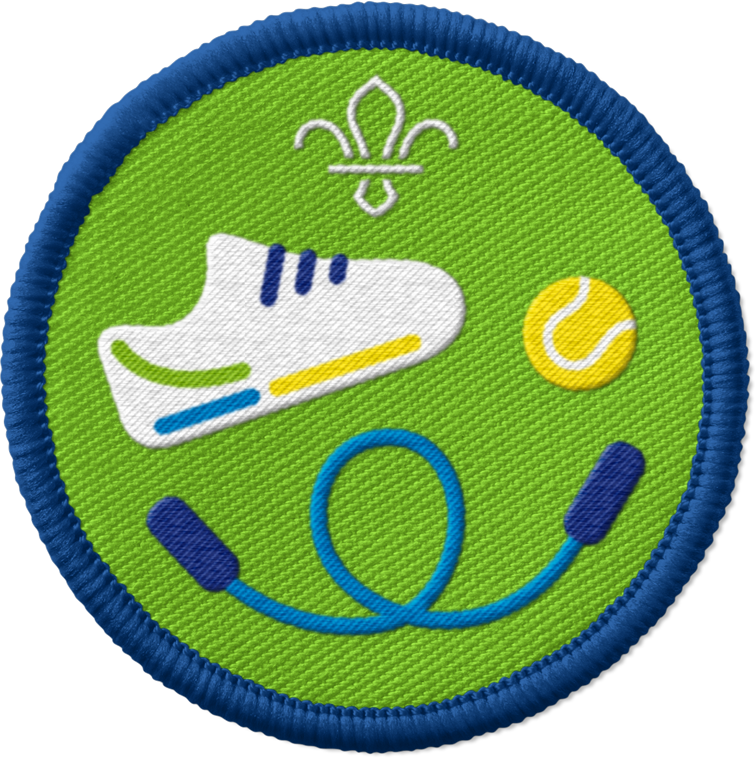Bug-gy behaviour
Play bug-gy behaviour
- Everyone should find some space and spread out.
- The person leading the game should set clear boundaries, for example, using trees or walls.
- The person leading the game should teach everyone the bug-gy actions from the list below.
- The person leading the game should call the name of a bug-gy action. Everyone should do the action as quickly as possible.
- After a few practice rounds, the person leading the activity could start telling people they’re out if they’re the last person to copy a command. They could also celebrate the first person to complete the action.
- Forest, Woodland, Meadow and Jungle: should each be a wall or a tree that everyone can run to when the word is called.
- Ladybird: curl into a ball.
- Butterfly: flap arms.
- Bee: run around buzzing.
- Worm: slither on the ground.
Reflection
This game encouraged everyone to be active and problem solve to follow the actions that are called out.
After playing Bug-gy behaviour, ask everyone to think about:
- What action was the most fun?
- Was it difficult to remember the action for all the calls?
Safety
All activities must be safely managed. You must complete a thorough risk assessment and take appropriate steps to reduce risk. Use the safety checklist to help you plan and risk assess your activity. Always get approval for the activity, and have suitable supervision and an InTouch process.
- Outdoor activities
You must have permission to use the location. Always check the weather forecast, and inform parents and carers of any change in venue.
- Active games
The game area should be free of hazards. Explain the rules of the game clearly and have a clear way to communicate that the game must stop when needed. Take a look at our guidance on running active games safely.
- Some people might struggle to remember the actions. The person leading the game could show the action when they say the name to help people remember.
- Make the game more difficult by asking people to think of a new bug and action to add to the game.
- If your meeting will take place away from your usual meeting place, make sure that the area you choose is accessible for everyone.
- You might need to adapt the actions so they’re accessible for everyone. Make sure everyone can comfortably do all of the actions before you start the game.
All Scout activities should be inclusive and accessible.
Try playing this game with family and friends and see if you can think of any extra actions.
Everyone should be encouraged to take part in the game independently, but it’s OK for people to ask for help if they’re struggling. Can anyone add their own bug-gy action to the game?
